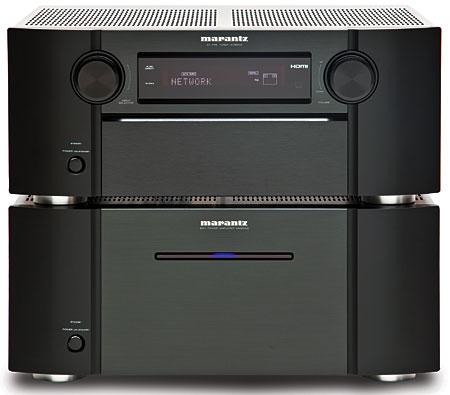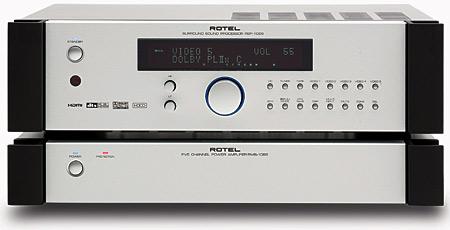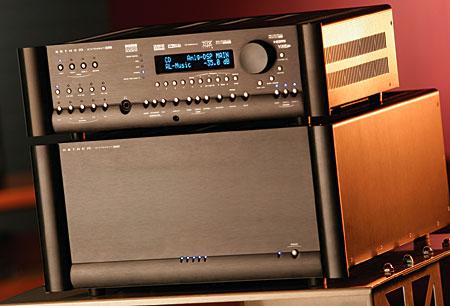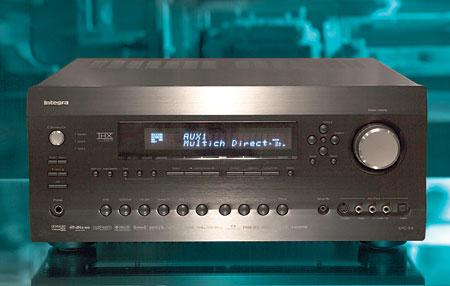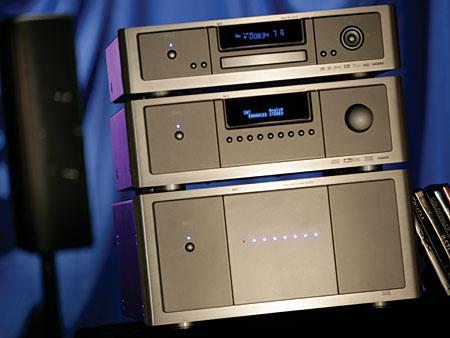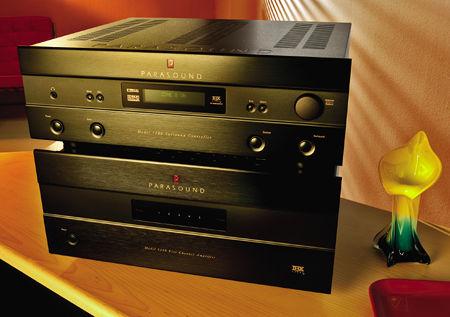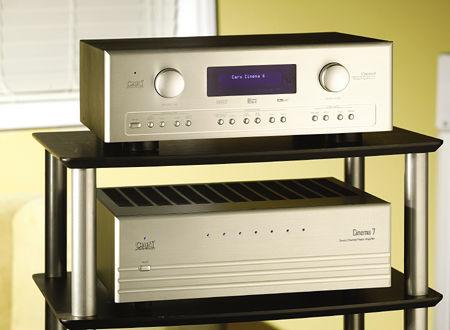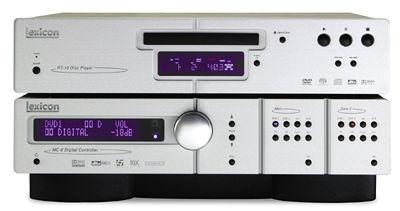|
Jul 27, 2009
|
Oct 13, 2008
|
Oct 06, 2008
|
Jan 26, 2007
|
Dec 31, 2006
|
Dec 04, 2006 |
First Published: Nov 04, 2006
|
Jul 14, 2006
|
Aug 30, 2005 |
First Published: Aug 31, 2005
|
Sep 18, 2004 |
First Published: Sep 01, 2004
|
Mar 01, 2004
|
Jul 14, 2003 |
First Published: Jul 15, 2003
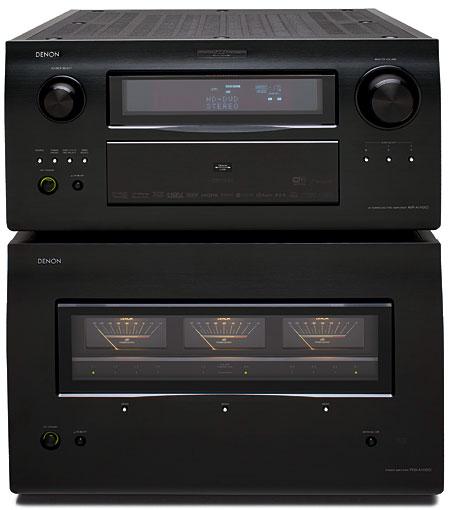

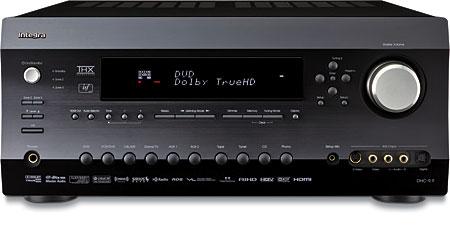
 Price: $2,000 At A Glance: Outstanding video processing • All of the latest audio flavors • Dynamic EQ offers exciting experiences at lower volumes
Price: $2,000 At A Glance: Outstanding video processing • All of the latest audio flavors • Dynamic EQ offers exciting experiences at lower volumes
